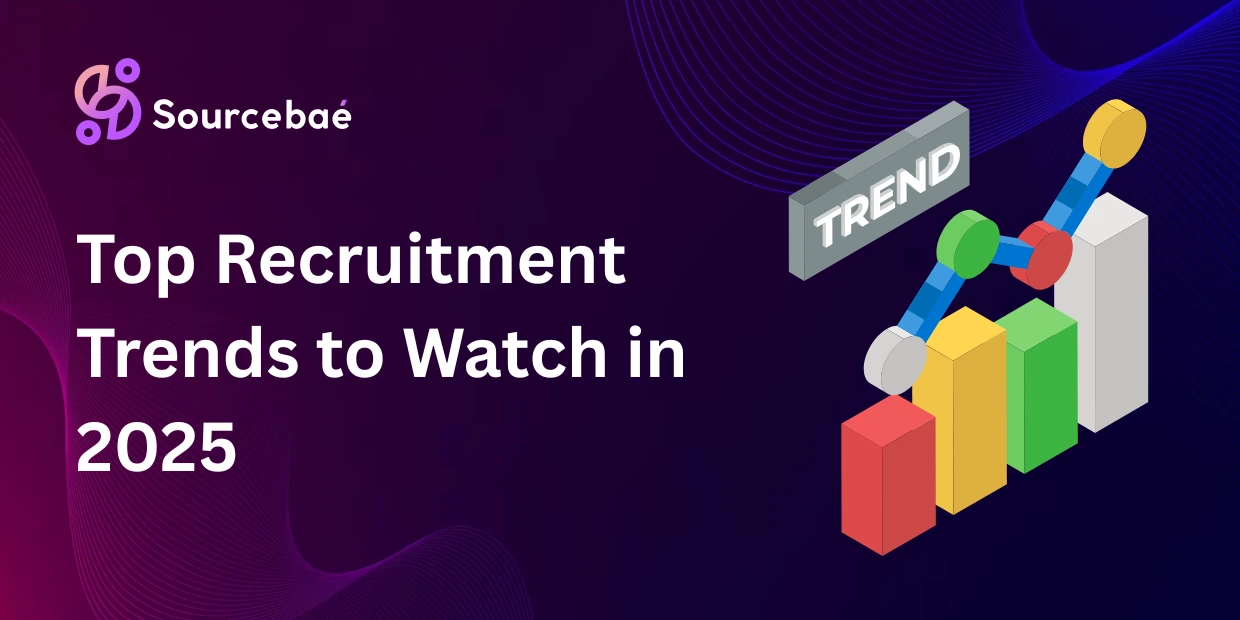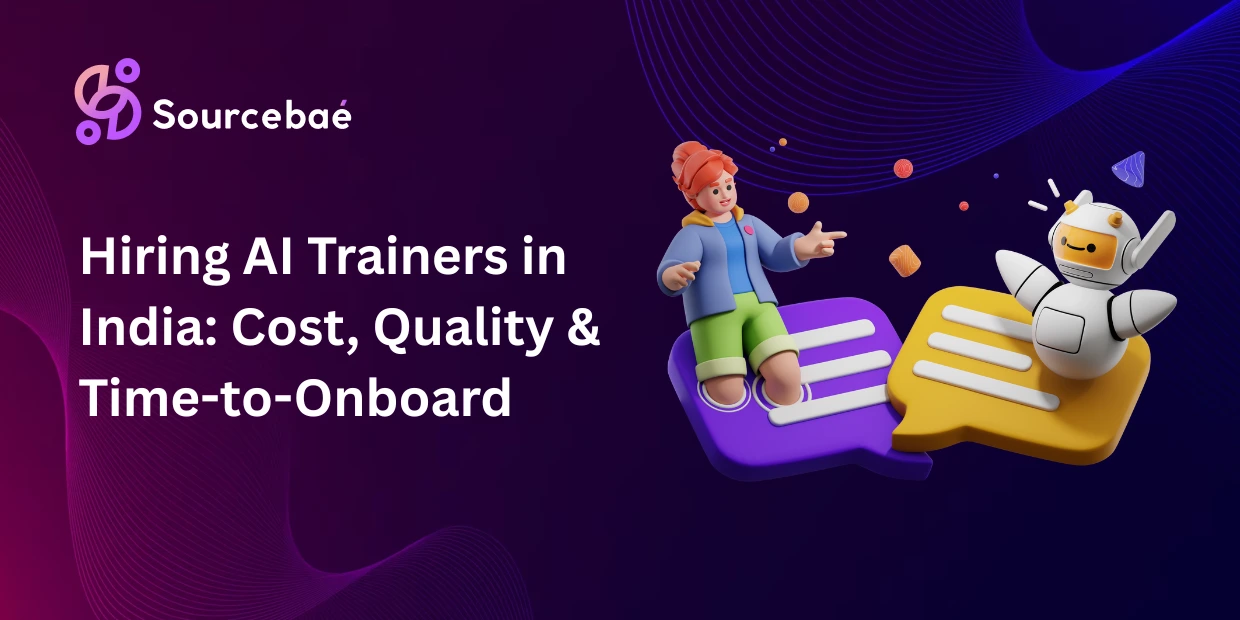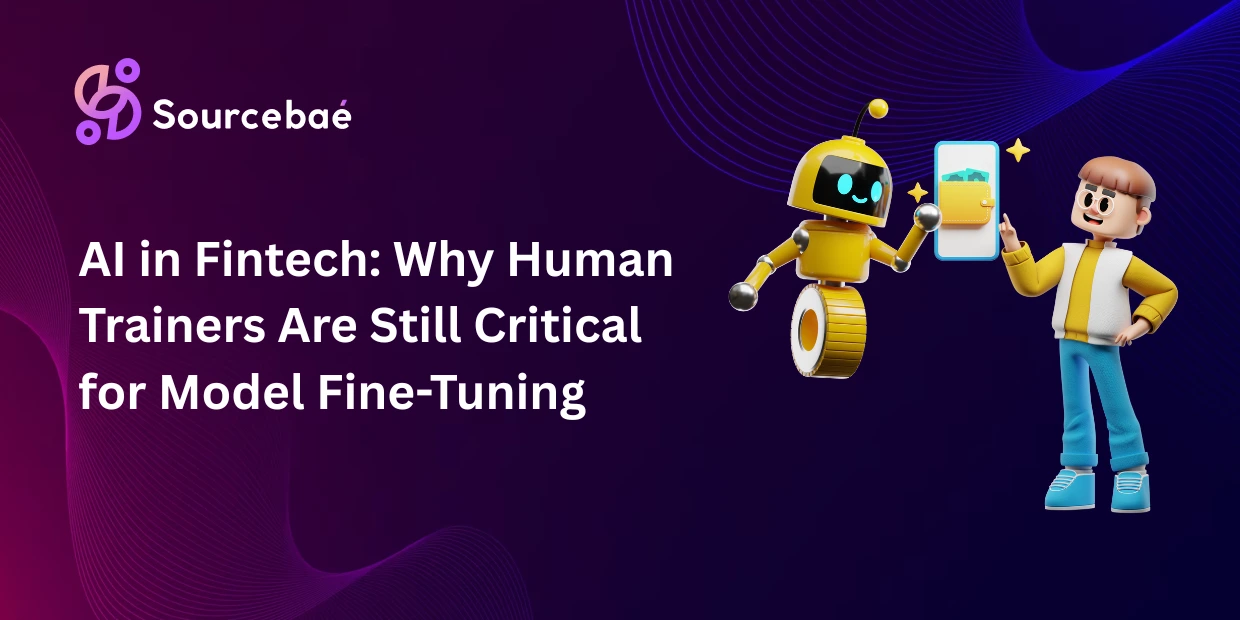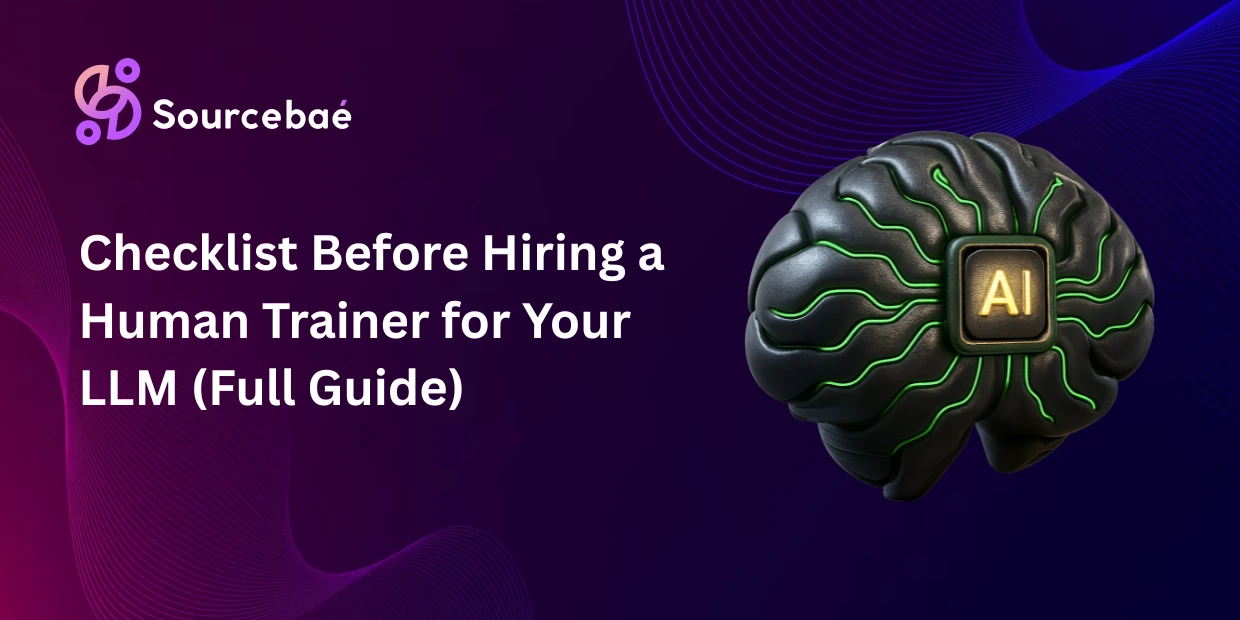The hiring landscape is evolving rapidly. In 2025, recruiters and job seekers face a candidate-driven market powered by technology. Advanced AI and automation are now mainstream in talent acquisition, skills-based hiring is overtaking diploma checks, and remote work flexibility is a baseline expectation. Data analytics guide hiring decisions, and candidate experience – from employer branding to virtual onboarding – has become a competitive edge. For HR leaders, staffing agency owners and IT recruiters, understanding these recruitment industry trends is essential. Below are the top recruitment trends reshaping recruitment and talent acquisition for 2025:
AI & Automation in Recruiting:
Generative AI tools, chatbots and automated screening speed up hiring. For example, 37% of companies have already integrated or experimented with AI in recruiting. Recruiters report saving about a full workday per week on routine tasks (around 20%) thanks to AI.
This allows teams to focus on high-touch activities like building relationships and strategic planning. AI-powered job ads and matching tools also help reduce bias – one study found AI-optimized job descriptions can attract 28% more women to apply and fill roles 50% faster.
Skills-First Hiring:
Companies are hiring for skills and potential rather than just credentials. Over 90% of talent pros now agree that accurately assessing candidates’ skills is crucial to quality hiring. As a result, many employers are dropping degree requirements: by 2023, 26% of job postings on LinkedIn had no degree requirement, up from 22% in 2020.
AI plays a role here too, helping screen resumes for relevant skills and run unbiased assessments. Organizations that use skills-based searches on LinkedIn are 12% more likely to make a quality hire.
In practice, this means emphasizing upskilling and internal mobility: Korn Ferry reports 67% of employees would stay with a company that offers learning and career growth.
Staffing agencies are adjusting by focusing on training programs and talent pools, ensuring candidates’ skill sets match evolving tech roles (e.g. cloud, cybersecurity, AI).
Data-Driven Recruitment:
Hiring decisions are now guided by analytics and metrics rather than gut instinct. Leading HR teams measure everything from source effectiveness to quality-of-hire.
For instance, 89% of talent pros say measuring quality of hire will become more important, and 61% believe AI can improve these measurements. LinkedIn data shows companies whose recruiters use AI-assisted messaging are 9% more likely to make a quality hire.
Industry studies confirm the power of data: a data-driven approach can expand candidate pools up to 10× larger, and 78% of HR pros report that using data has improved their quality of hire.
Tracking metrics also reduces bias – 69% of recruiters say data has helped them make more objective, fair hiring decisions. In short, analytics turn recruiting into a feedback loop that continuously improves outcomes.
Remote/Hybrid Work & Flexibility:
Remote hiring is the new default. By early 2025, about 4 in 10 job postings offered some remote or hybrid options. Nearly half of job seekers now prefer hybrid roles, and roughly a quarter want fully remote work. Flexibility is a retention factor: 76% of workers say control over when/where they work influences their desire to stay.
The bottom line: most organizations are moving to “hybrid 360” models that include flexible hours and location independence. Korn Ferry found 76% of employers have already adopted hybrid arrangements, and 34% cite flexible benefits (e.g. custom schedules) as a key trend for 2025.
IT recruiting is especially affected – tech and cybersecurity roles often attract talent from any geography. In fact, CompTIA reports nearly 470,000 U.S. job openings needing cybersecurity skills in mid-2023, underscoring that remote hiring widens talent pools.
Staffing agencies and headhunters are responding by recruiting nationally or globally for in-demand IT skills, while emphasizing work-life balance and remote infrastructure in their employer pitches.
Candidate Experience & Employer Branding:
In a hot job market, candidates have the upper hand. Companies are building candidate-driven recruiting strategies that put job seekers first. A positive candidate experience pays off: 78% of candidates who had a great experience with one employer will refer others to that company, and organizations with strong candidate-brand reputations see a 30% boost in applications.
Moreover, companies with outstanding candidate experience can cut hiring costs by 70% by boosting referrals and repeat applicants. As a result, employer value proposition (EVP) and brand authenticity are critical.
Korn Ferry found 45% of HR leaders say embedding company culture into recruitment is key for 2025. Candidates now vet employers via Glassdoor, social media and even employee social posts. Employers are responding with transparent EVP marketing – sharing employee stories and development opportunities – to stand out.
For example, firms like GitHub and Target craft creative job descriptions that convey culture as well as role requirements. In short, recruitment is borrowing marketing techniques (the recruitment funnel), with dedicated content creators highlighting company values and career growth in every candidate touchpoint.
Diversity, Equity & Inclusion (DEI):
Building diverse teams continues to grow in importance. A wide range of sources emphasize that diversity drives innovation and performance.
For instance, McKinsey found companies with executive teams having >30% women outperform others. Candidates expect employers to take DEI seriously – Starbucks, for example, tied diversity targets to executive bonuses for 2025.
Recruiters are adapting by requiring diverse interview slates and reducing biased language in job ads. LinkedIn research also notes that using data and structured interviews (rather than “gut feel”) helps reduce bias.
In practice, this means tools like blind resume screening and skill-based assessments are increasingly common, ensuring a fair, inclusive process. DEI is not just HR rhetoric – it’s a strategic priority for tapping all available talent and meeting ethical expectations.
Employee Advocacy & Social Recruiting:
Word-of-mouth and social channels are major hiring drivers. Recruiters leverage employee networks, social media platforms, and content marketing to find talent.
For example, 78% of recruiters expect to increase hiring efforts on platforms beyond LinkedIn. Companies like Verizon have run recruiting challenges on Instagram to attract tech talent. Employee advocacy programs (encouraging staff to share jobs on their networks) amplify reach.
Research shows employees are highly credible brand ambassadors: their positive stories can attract like-minded candidates and strengthen employer brand.
Some firms even produce webinars and online events targeting candidate communities – a tactic that proved effective for the International Atomic Energy Agency and others.
Overall, modern recruitment relies on building communities and relationships as much as posting jobs.
Upskilling and L&D as Recruitment Tools:
With critical skills in short supply, many organizations are shifting to “grow-your-own” talent. Learning & Development (L&D) is now part of the recruiting value proposition.
Korn Ferry reports 67% of workers would stay with a company offering strong upskilling and career advancement. In 2025, recruiters highlight professional development in their pitches: e.g. tech firms offering training programs or tuition assistance.
Agencies are also consulting on employer training budgets to help fill skills gaps. In this way, recruitment and retention overlap – showcasing L&D opportunities improves candidate pipelines and reduces turnover.
Staffing firms for IT and digital roles often partner with bootcamps or certification providers to ensure candidates have up-to-date skills.
HR Tech and Recruitment Marketing:
Finally, the technology powering recruitment continues to advance. Applicant Tracking Systems (ATS), Human Capital Management (HCM) software, and AI-powered tools are standard in recruiting stacks.
Beyond sourcing and screening, firms are using predictive analytics to forecast talent needs (e.g. JPMorgan’s AI for filtering thousands of applications).
Chatbots are now must-have on career sites: sites with chatbots see up to 95% more conversions and 40% more applicants completing their applications.
Mobile-first application experiences are also critical, since most candidates search and apply on phones. Recruitment marketing – treating hiring like a marketing campaign – is widespread. Companies map out candidate funnels (awareness, interest, apply) and optimize each stage.
For instance, some firms hire writers to create engaging job videos or articles. The goal is always to reach passive candidates and build talent pools.
In summary
Recruitment in 2025 is characterized by flexibility, technology and human focus. Organizations that embrace AI and data – while still offering personalized experiences and career growth – will stay competitive.
They’ll build diverse, skilled workforces by meeting candidates where they are: on digital platforms, in remote settings, and at all skill levels. As one expert puts it, the role of the recruiter is shifting toward a strategic advisor and “career coach” for candidates. For HR and recruiting professionals, the message is clear: adapt to these trends or risk falling behind.






